Home>Renovation & DIY>Home Renovation Guides>How To Conceal Crawl Space Access
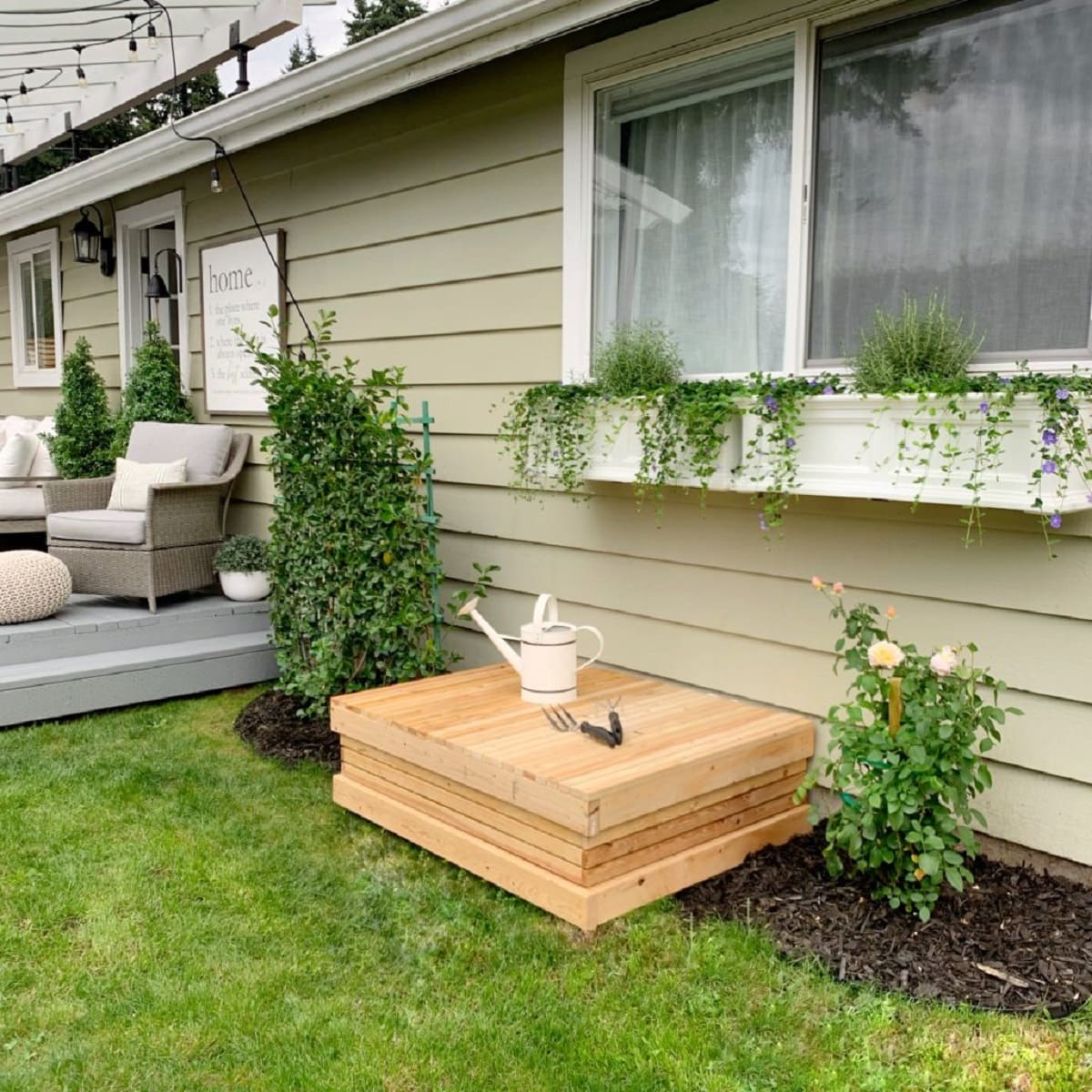

Home Renovation Guides
How To Conceal Crawl Space Access
Modified: February 18, 2024
Learn how to conceal crawl space access in your home renovation project with our comprehensive guide. Find expert tips and techniques for a seamless finish. Ideal for DIY enthusiasts and professional contractors.
(Many of the links in this article redirect to a specific reviewed product. Your purchase of these products through affiliate links helps to generate commission for Storables.com, at no extra cost. Learn more)
Introduction
Concealing crawl space access is a crucial aspect of home renovation that often goes unnoticed. The crawl space, while essential for housing vital components such as plumbing, electrical wiring, and HVAC systems, can detract from the overall aesthetics of a home. Concealing the access points not only enhances the visual appeal of the property but also helps maintain a cohesive and polished look throughout the living space.
When it comes to concealing crawl space access, there are various techniques and materials available to homeowners. From utilizing camouflage techniques to incorporating design elements that seamlessly blend with the surrounding environment, the options are diverse and adaptable to different home styles and preferences.
In this comprehensive guide, we will delve into the intricacies of concealing crawl space access, providing valuable insights into choosing the right materials, implementing effective concealment techniques, and prioritizing safety considerations. By the end of this guide, you will be equipped with the knowledge and expertise to transform the unsightly crawl space access points into seamless and visually appealing components of your home.
Key Takeaways:
- Transform unsightly crawl space access points into visually appealing features by using materials like wood paneling, faux stone veneer, and decorative vent covers. Prioritize safety to ensure accessibility, ventilation, and durability of concealed access points.
- Conceal crawl space access points with landscaping, integrated doors, decorative cladding, customized vent covers, and matching finishes. Balance visual appeal with safety measures for a cohesive and functional home exterior.
Read more: How To Access A Crawl Space
Choosing the Right Materials
When concealing crawl space access, selecting the appropriate materials is paramount to achieving a seamless and aesthetically pleasing result. The chosen materials should not only complement the existing design elements of the home but also withstand the environmental conditions of the crawl space. Here are some key considerations when choosing the right materials for concealing crawl space access:
1. Wood Paneling:
Wood paneling is a popular choice for concealing crawl space access due to its versatility and natural appeal. Opting for high-quality, treated wood panels can ensure durability and resistance to moisture, which is essential for areas prone to humidity. Additionally, wood paneling can be stained or painted to match the surrounding walls, seamlessly integrating the access point into the overall design of the space.
2. Faux Stone or Brick Veneer:
For homeowners seeking a more rustic or textured look, faux stone or brick veneer can be an excellent choice. These lightweight and easy-to-install materials provide the appearance of authentic stone or brick, adding a touch of elegance to the concealed access points. Faux stone or brick veneer is available in a variety of styles and colors, allowing for customization to suit the aesthetic preferences of the homeowner.
3. Access Doors and Hatches:
In some cases, access doors and hatches may be the most practical solution for concealing crawl space entry points. These doors are specifically designed for easy access to the crawl space while seamlessly blending with the surrounding surfaces. When selecting access doors and hatches, it is crucial to prioritize durability, security, and weather resistance to ensure long-term functionality.
Read more: How To Inspect A Crawl Space
4. Exterior-Grade Paint or Finishes:
Applying exterior-grade paint or finishes to conceal crawl space access points can be a cost-effective and visually appealing solution. By matching the paint or finish to the exterior of the home, the access points can seamlessly blend in with the overall facade. It is essential to choose high-quality, weather-resistant paints and finishes to withstand the elements and maintain a polished appearance over time.
5. Vent Covers and Grilles:
Incorporating decorative vent covers and grilles can effectively conceal crawl space vents while adding a decorative touch to the exterior of the home. These covers come in various designs and materials, allowing homeowners to select options that complement the architectural style of their property. Vent covers and grilles also serve the dual purpose of enhancing curb appeal while concealing essential ventilation openings.
By carefully considering these material options and their suitability for the specific requirements of the crawl space access points, homeowners can make informed decisions that align with their design preferences and long-term maintenance needs. The right materials not only contribute to a visually cohesive home exterior but also ensure the functionality and durability of the concealed crawl space access points.
Concealing Techniques
Concealing crawl space access points involves employing various techniques to seamlessly integrate these openings into the overall design of the home exterior. By implementing effective concealment techniques, homeowners can achieve a polished and cohesive look while ensuring the functionality and accessibility of the crawl space. Here are several techniques for concealing crawl space access points:
1. Camouflage with Landscaping:
Strategic landscaping can be utilized to conceal crawl space access points while enhancing the visual appeal of the property. Planting shrubs, bushes, or ornamental grasses around the access points can create a natural camouflage effect, effectively blending the openings into the surrounding greenery. This technique not only conceals the access points but also adds a touch of natural beauty to the landscape.
Read more: How To Maintain A Crawl Space
2. Integrated Access Doors:
Incorporating access doors that seamlessly integrate with the exterior design of the home is a popular technique for concealing crawl space entry points. These doors can be customized to match the color and texture of the surrounding walls, creating a cohesive and inconspicuous appearance. Integrated access doors provide easy entry to the crawl space while maintaining a streamlined and polished exterior.
3. Decorative Paneling or Cladding:
Installing decorative paneling or cladding around crawl space access points can effectively conceal these openings while adding visual interest to the exterior of the home. Whether opting for wood paneling, faux stone veneer, or other decorative materials, the paneling can be tailored to complement the architectural style of the property. This technique allows homeowners to transform unsightly access points into attractive design features.
4. Customized Vent Covers:
For homes with crawl space ventilation openings, customized vent covers offer a practical and visually appealing solution for concealment. These covers can be designed to match the exterior finishes of the home, seamlessly integrating with the overall facade. Customized vent covers not only conceal the vents but also contribute to a cohesive and harmonious exterior aesthetic.
5. Paint and Finish Matching:
Applying exterior-grade paint or finishes that match the color and texture of the surrounding walls is a simple yet effective technique for concealing crawl space access points. By seamlessly blending the access points with the exterior surfaces, this approach creates a unified and polished appearance. Careful color matching and high-quality finishes are essential for achieving a seamless concealment effect.
By employing these concealment techniques, homeowners can transform the appearance of crawl space access points, ensuring that they harmonize with the overall design of the home exterior. Each technique offers a unique approach to concealing access points while maintaining the functionality and accessibility of the crawl space. With careful consideration of the home's architectural style and design preferences, these techniques can elevate the visual appeal of the property while seamlessly integrating essential crawl space access points.
Read more: How To Build A Crawl Space Door
Safety Considerations
Ensuring safety is paramount when concealing crawl space access points. While the focus is often on achieving visual appeal, it is crucial to prioritize safety considerations to maintain the functionality and accessibility of the crawl space. Here are essential safety considerations to keep in mind:
-
Accessibility: When concealing crawl space access points, it is vital to ensure that they remain easily accessible in case of maintenance, repairs, or inspections. Access doors, hatches, or concealed panels should be designed for effortless opening and closing, allowing homeowners or professionals to enter the crawl space without difficulty.
-
Ventilation: Proper ventilation is critical for crawl spaces to prevent moisture buildup and mitigate the risk of mold and mildew. When concealing ventilation openings, it is essential to maintain adequate airflow to safeguard the crawl space's air quality and structural integrity. Customized vent covers should be designed to facilitate optimal ventilation while effectively concealing the openings.
-
Security: Concealed access points should be secured to prevent unauthorized entry and ensure the safety of the crawl space and its components. Integrated access doors and hatches should feature robust locking mechanisms to deter trespassing and protect the interior of the crawl space from potential security threats.
-
Moisture Resistance: The materials used for concealing crawl space access points should possess moisture-resistant properties to withstand the damp conditions often present in crawl spaces. Moisture-resistant wood paneling, faux stone veneer, or specialized finishes can help prevent water damage and maintain the structural integrity of the concealed access points.
-
Durability: Prioritizing durable materials and construction methods is essential to ensure that the concealed access points withstand environmental elements and remain structurally sound over time. Whether utilizing wood paneling, decorative cladding, or integrated access doors, the chosen materials should be resilient and capable of enduring the rigors of the outdoor environment.
By integrating these safety considerations into the process of concealing crawl space access points, homeowners can effectively balance visual appeal with practicality and functionality. Prioritizing accessibility, ventilation, security, moisture resistance, and durability ensures that the concealed access points not only enhance the aesthetic appeal of the home but also uphold the safety and integrity of the crawl space.
Conclusion
In conclusion, concealing crawl space access points is a transformative endeavor that goes beyond mere visual enhancement. By carefully selecting the right materials, implementing effective concealment techniques, and prioritizing safety considerations, homeowners can seamlessly integrate essential crawl space access points into the overall design of their homes while ensuring functionality and accessibility.
Choosing the right materials, such as wood paneling, faux stone or brick veneer, access doors and hatches, exterior-grade paint or finishes, and decorative vent covers and grilles, empowers homeowners to tailor the concealment to their specific design preferences and environmental requirements. These materials not only contribute to a visually cohesive home exterior but also ensure the durability and longevity of the concealed access points.
The utilization of concealment techniques, including landscaping camouflage, integrated access doors, decorative paneling or cladding, customized vent covers, and meticulous paint and finish matching, offers versatile approaches to seamlessly blend crawl space access points with the architectural style of the property. Each technique presents an opportunity to elevate the visual appeal of the home exterior while maintaining the essential functionality of the crawl space.
Furthermore, prioritizing safety considerations, such as accessibility, ventilation, security, moisture resistance, and durability, underscores the importance of maintaining the integrity and practicality of concealed access points. By integrating these safety measures into the concealment process, homeowners can achieve a harmonious balance between visual appeal and the essential requirements of the crawl space.
In essence, concealing crawl space access points is a multifaceted endeavor that demands a thoughtful and comprehensive approach. By embracing the guidance provided in this guide, homeowners can embark on the journey of transforming unsightly crawl space access points into seamless and visually appealing components of their homes. With a blend of creativity, practicality, and attention to detail, the concealment of crawl space access points can significantly enhance the overall aesthetic and functionality of residential properties.
Frequently Asked Questions about How To Conceal Crawl Space Access
Was this page helpful?
At Storables.com, we guarantee accurate and reliable information. Our content, validated by Expert Board Contributors, is crafted following stringent Editorial Policies. We're committed to providing you with well-researched, expert-backed insights for all your informational needs.
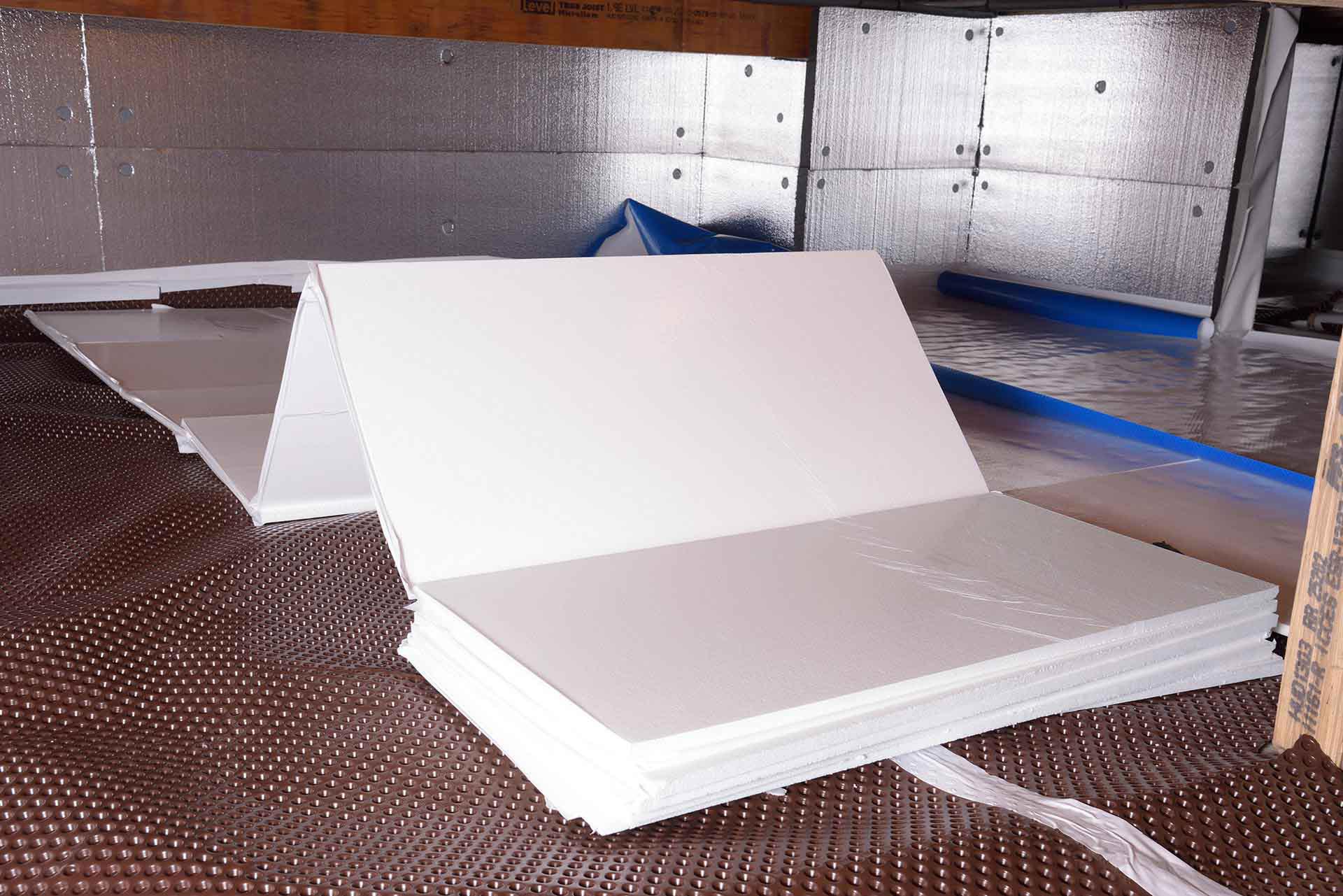
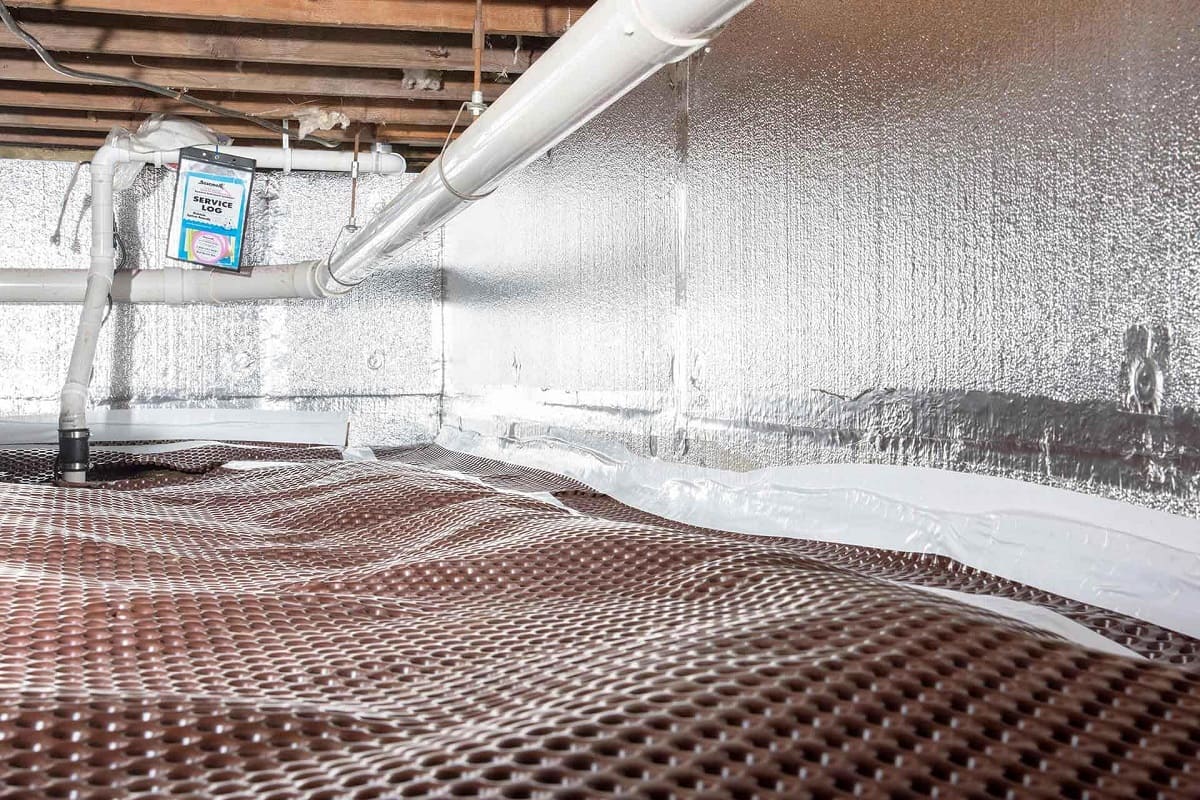
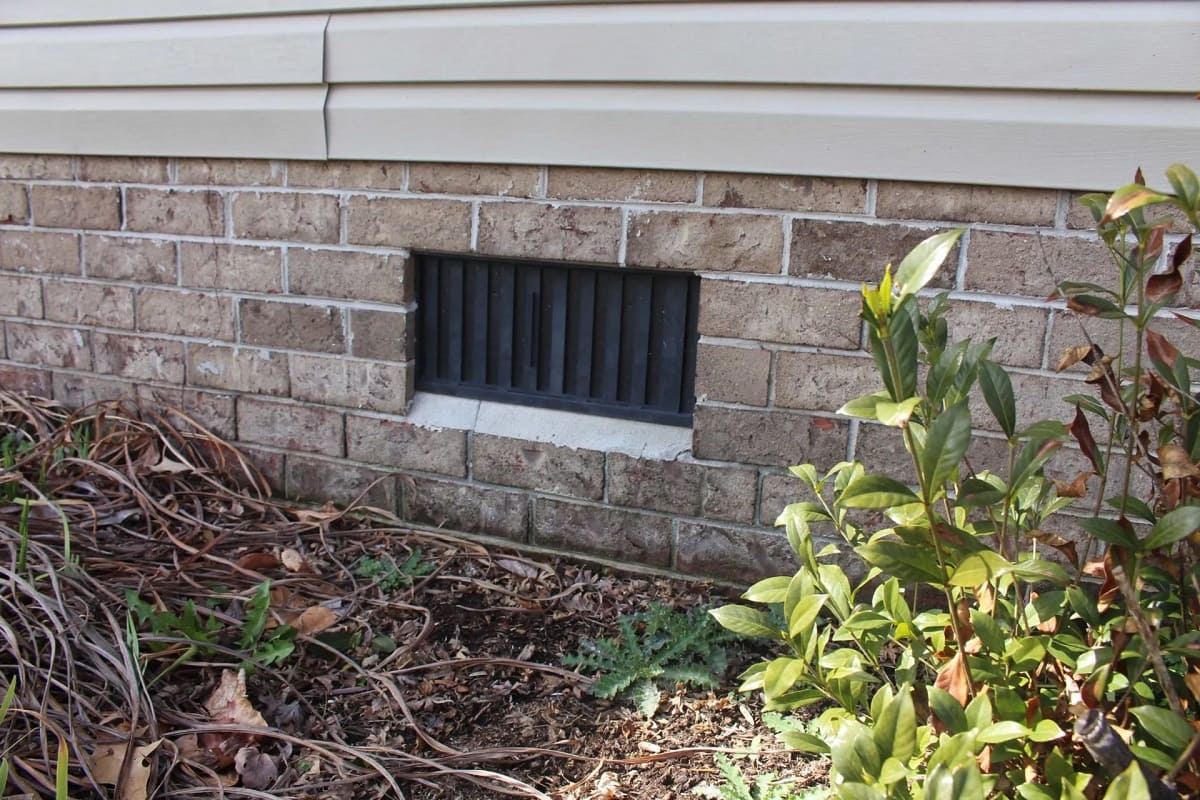
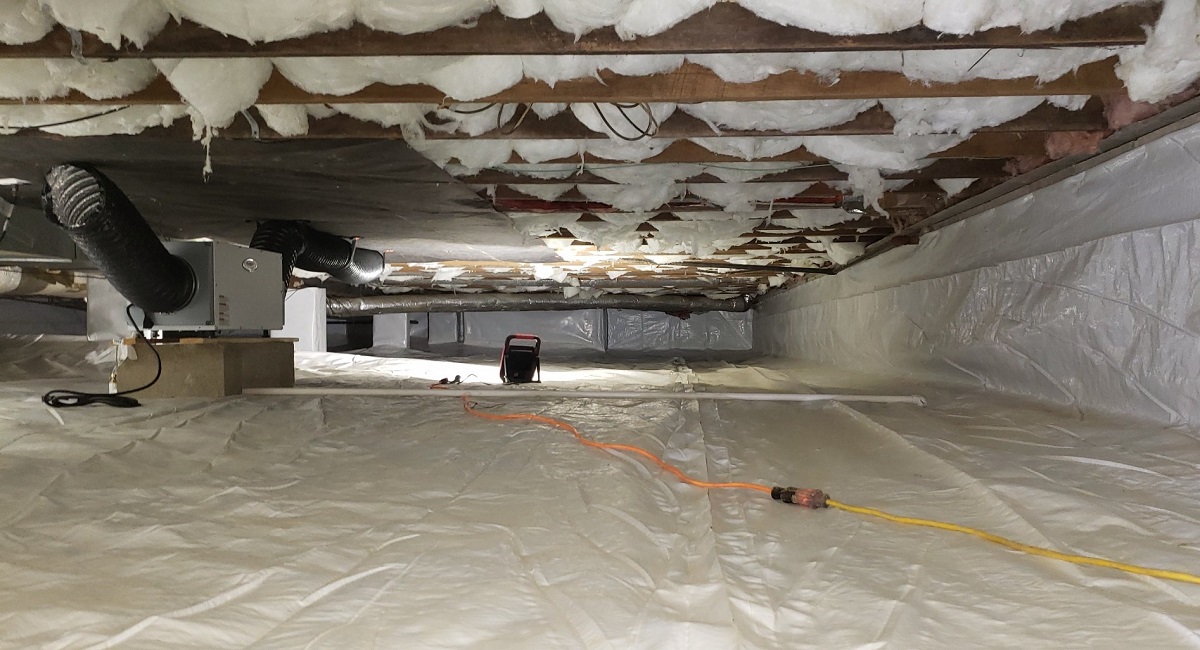
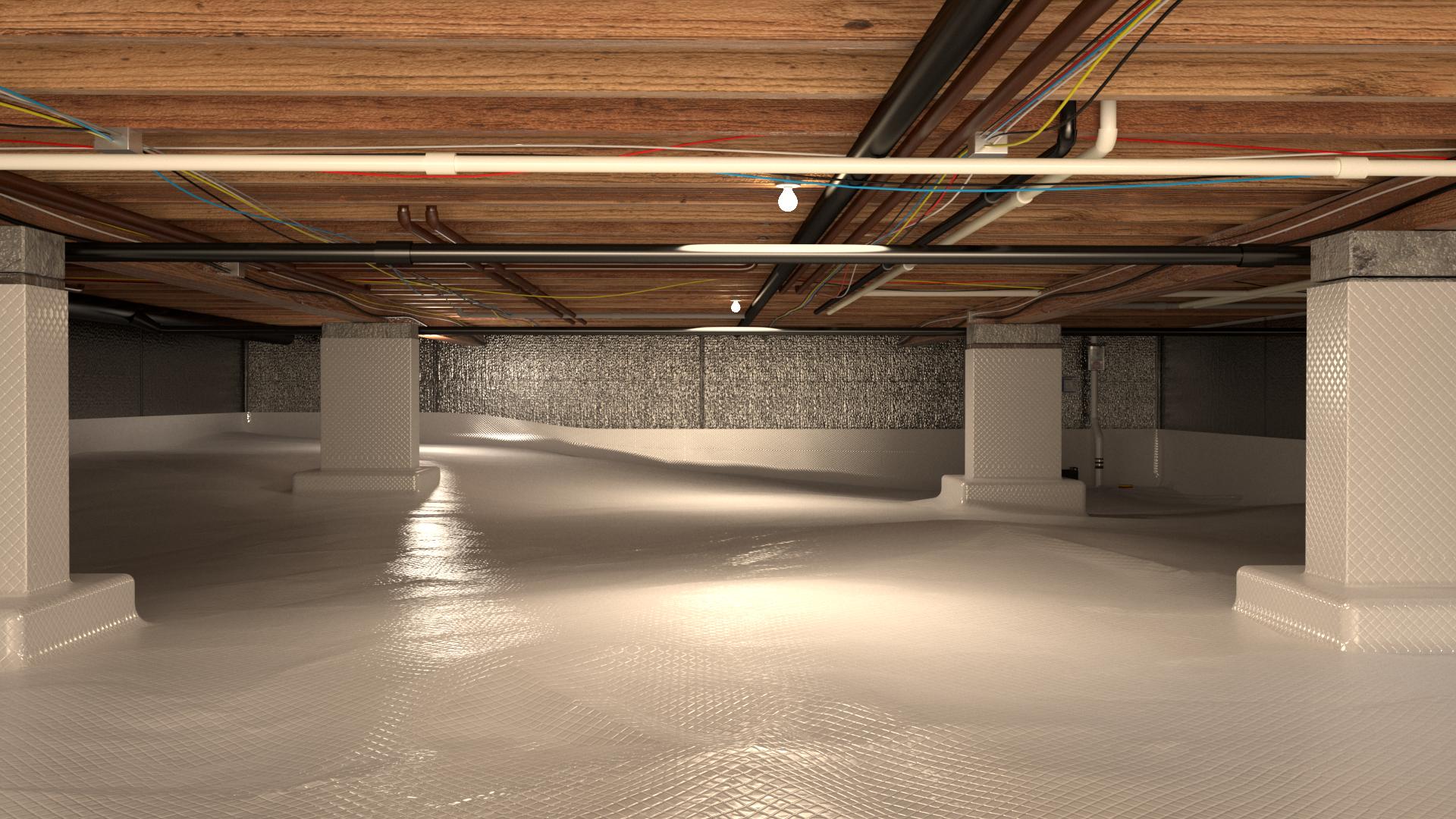
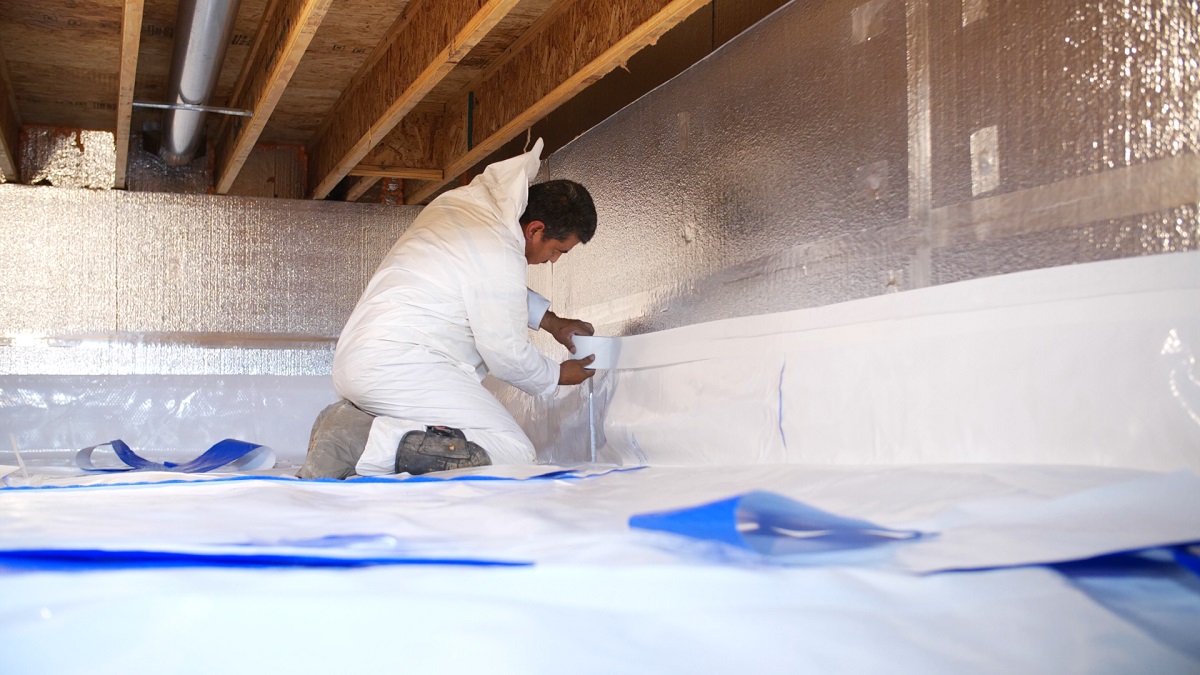
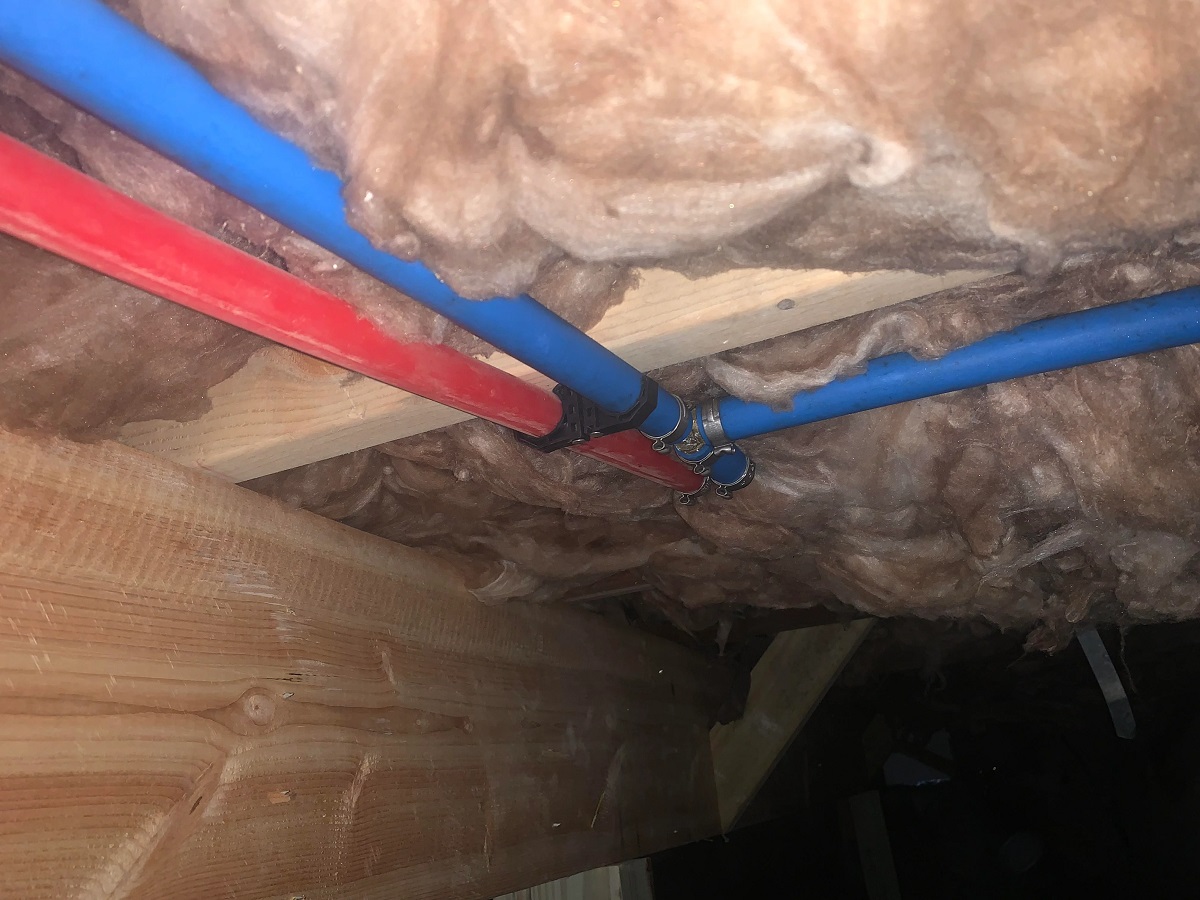
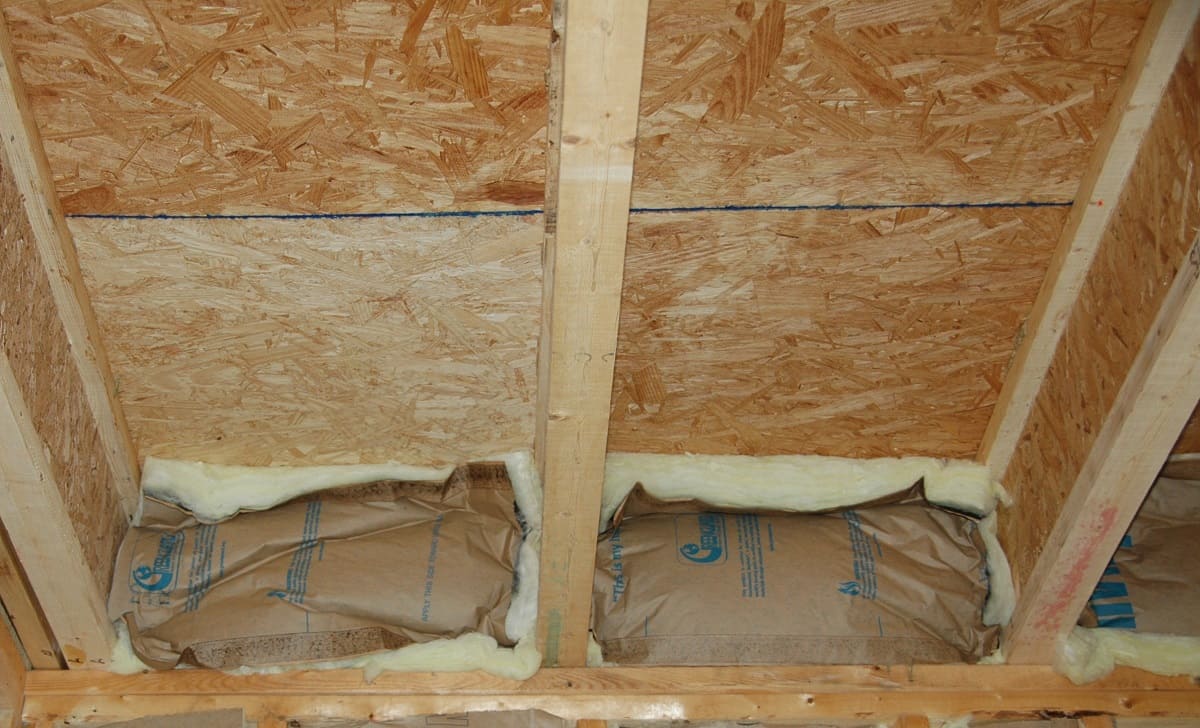
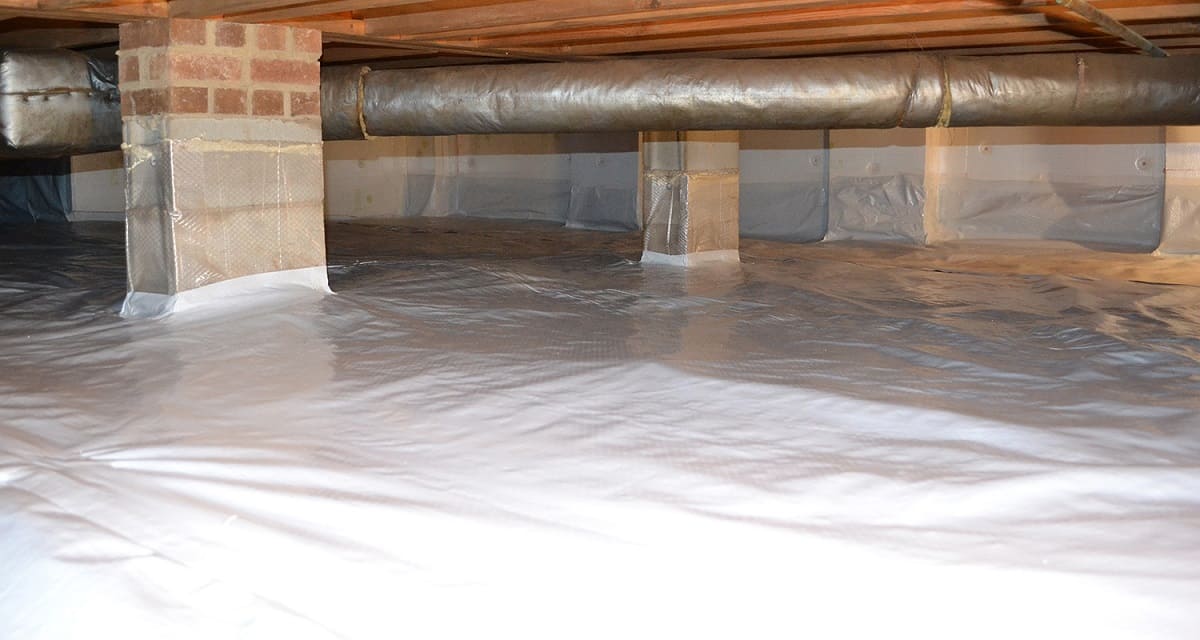
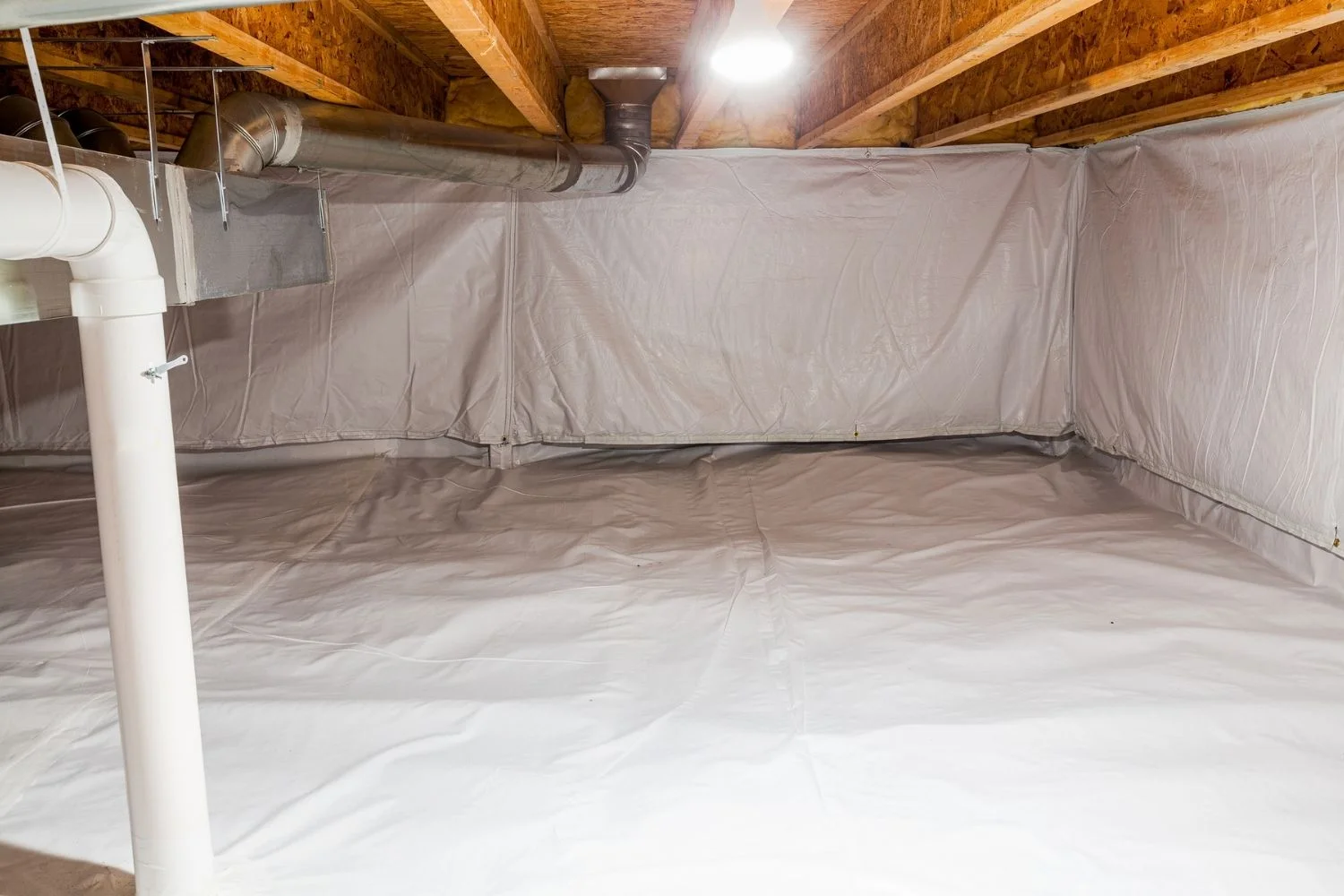
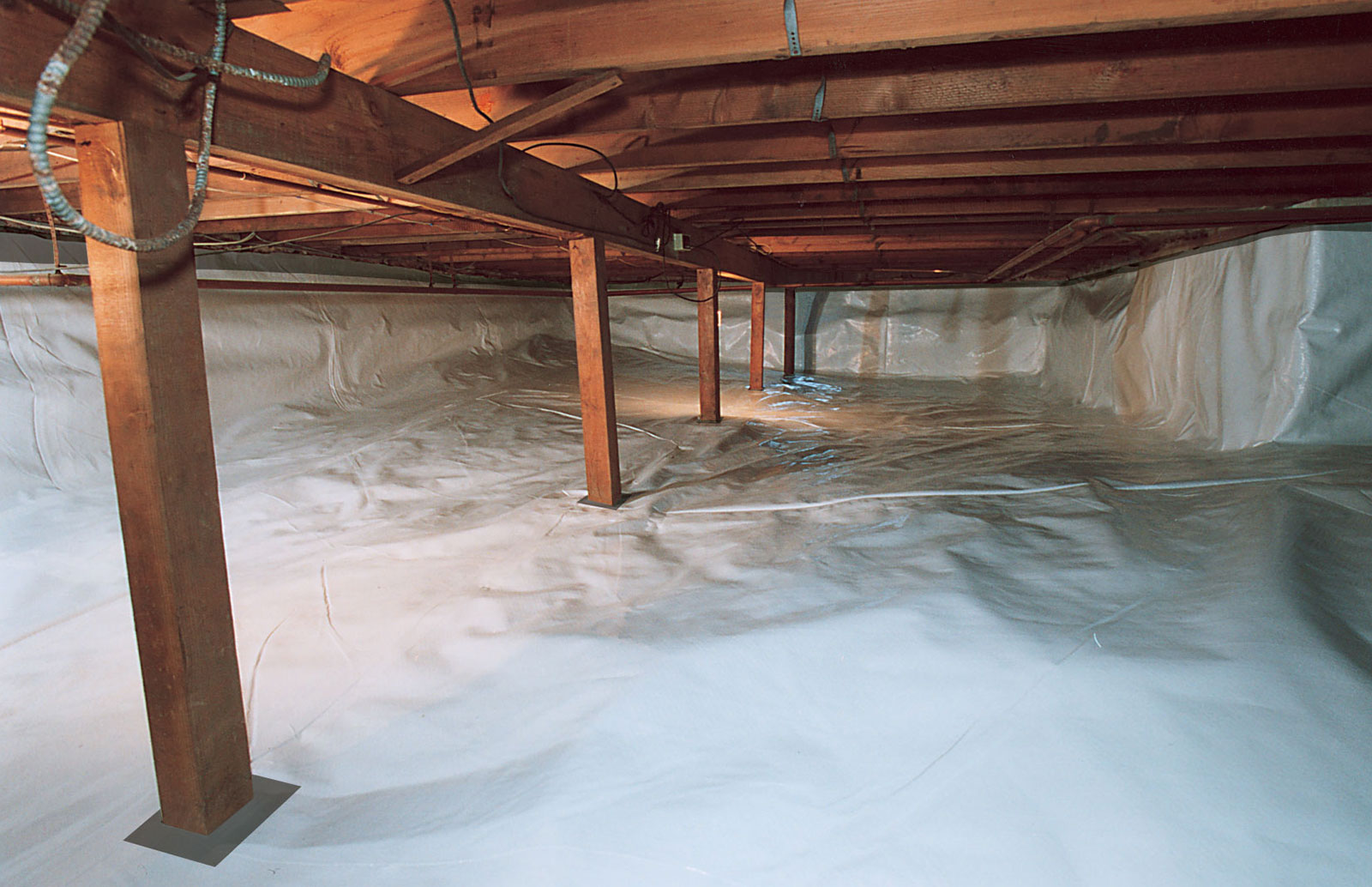
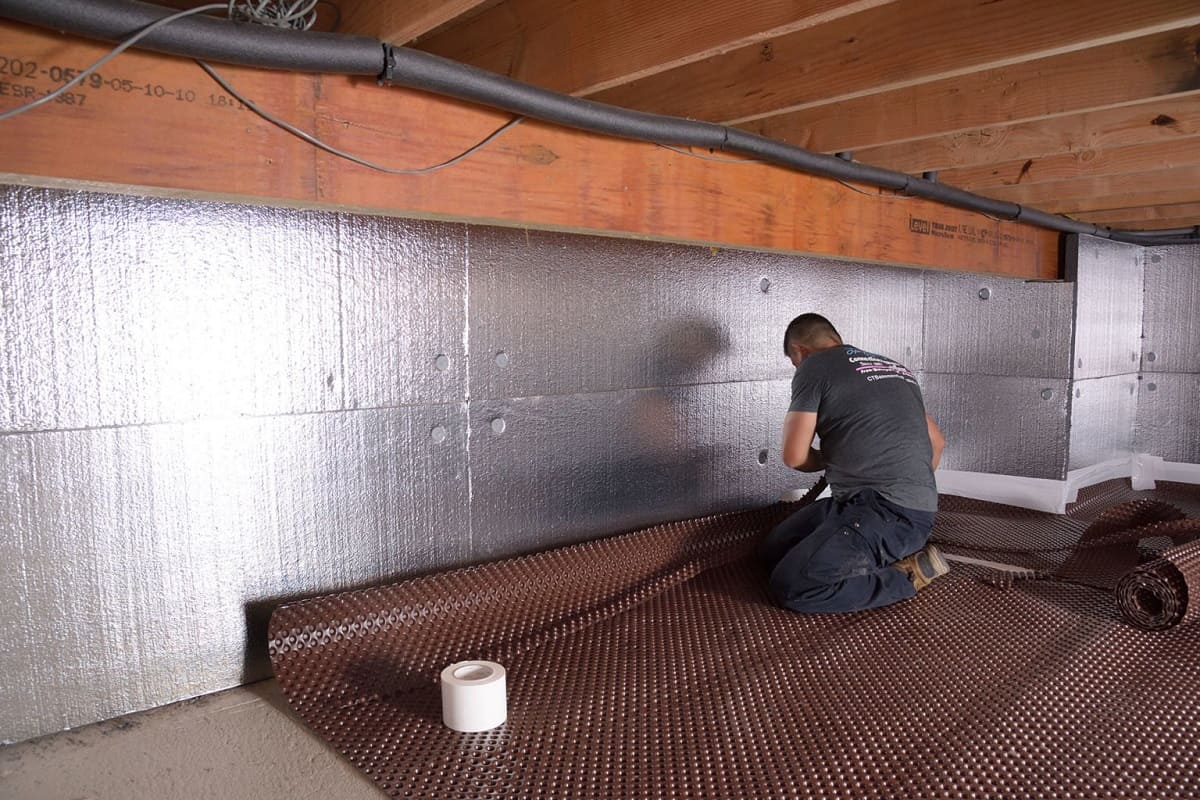

0 thoughts on “How To Conceal Crawl Space Access”